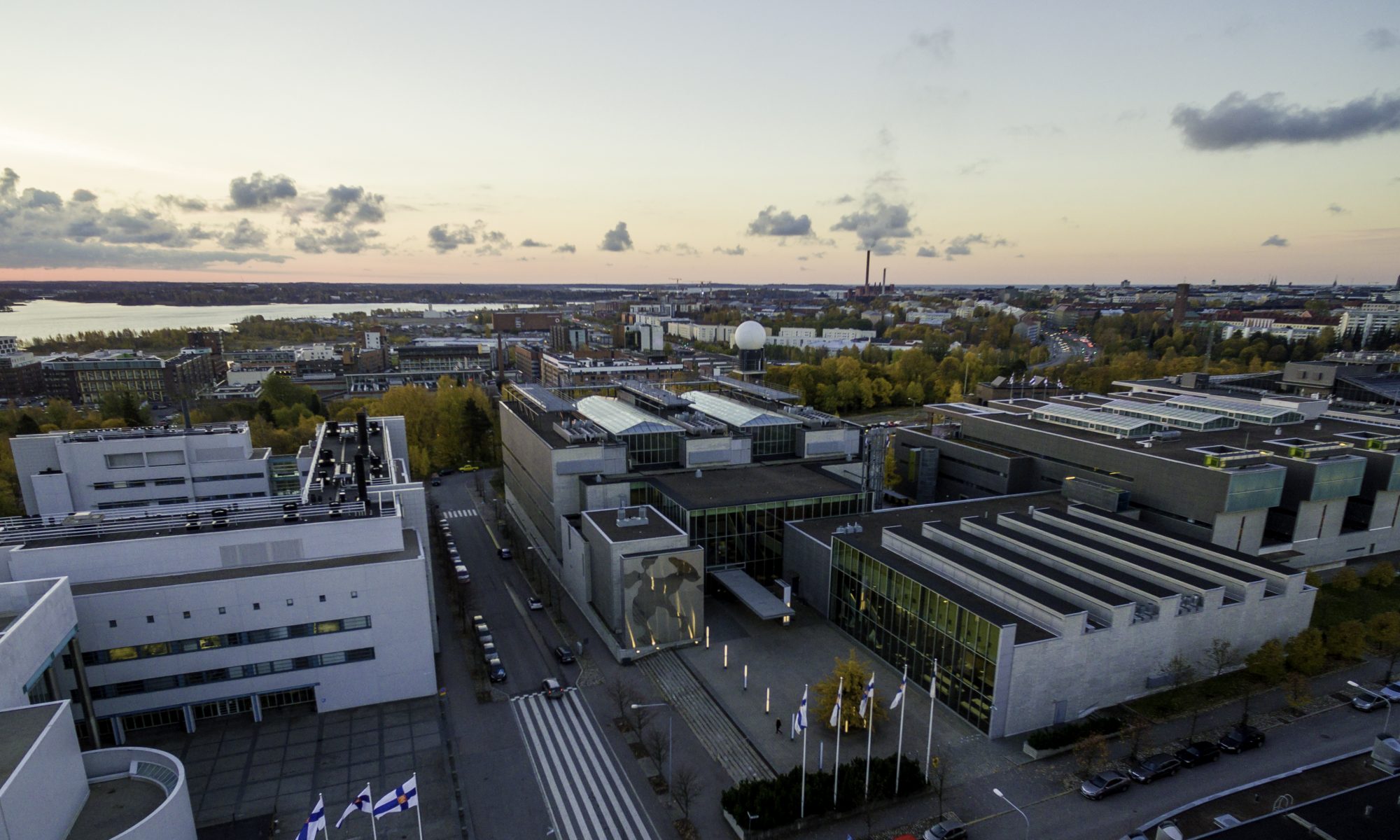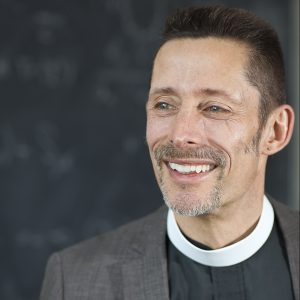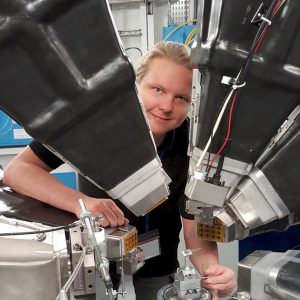 For our colloquium on 24th of May, we will be joined by Dr. Bergita Ganse. Dr. Ganse is a medical doctor, book author and scientist specialising in space medicine, working as a lecturer in space medicine at RWTH Aachen University in Germany. Her research deals with the musculoskeletal system in space, and she is involved in large international studies with both NASA and ESA.
For our colloquium on 24th of May, we will be joined by Dr. Bergita Ganse. Dr. Ganse is a medical doctor, book author and scientist specialising in space medicine, working as a lecturer in space medicine at RWTH Aachen University in Germany. Her research deals with the musculoskeletal system in space, and she is involved in large international studies with both NASA and ESA.
In her talk, titled Space Medicine – Weightlessness and Shrimp Cocktail, she will tell us about the physiological toll that spaceflight places on the human body, and research that is currently underway to mitigate its effects. Here is her abstract:
Human spaceflight is associated with massive challenges to the body and health. While planning missions to Mars, asteroids, moons and other planets of the solar system, health and human physiology are major operational concerns for mission success. Phenomena such as space motion sickness, bone and muscle loss, space adaptation back pain, cardiovascular changes, G-measles, decompression sickness during space walks and the Apollo-15-syndrome need to be addressed to guarantee crew safety. Space Medicine is still a “final frontier” 50 years after the first men walked on the moon.
This talk will give an overview of the field of space medicine with regards to medical and physiological issues connected to human space flight. It will also give an insight into research methods used in space medicine, such as bed rest studies, human centrifugation and parabolic flights. In addition, it will explain why Shrimp Cocktail is the favourite dish on board the International Space Station.
This colloquium is organised jointly with the HIP seminar series, and will follow the talk given by Physics Nobel Prize winner Frank Wilczek, starting at 13:15 in the same room, D101. His talk is titled Axion plasmon converter. More information can be found on the HIP seminar webpage.
At 15:00, there will be a cocktail reception. Welcome!

 Our next colloquium will be on Friday 16th November. Our speaker is an internationally renowned particle physicist, Professor
Our next colloquium will be on Friday 16th November. Our speaker is an internationally renowned particle physicist, Professor  Our next colloquium will be held on 26th October. Our next talk is by another new professor in our department, Simo Huotari.
Our next colloquium will be held on 26th October. Our next talk is by another new professor in our department, Simo Huotari. Our first colloquium of the new academic year will be held on 7th September. The speaker is
Our first colloquium of the new academic year will be held on 7th September. The speaker is